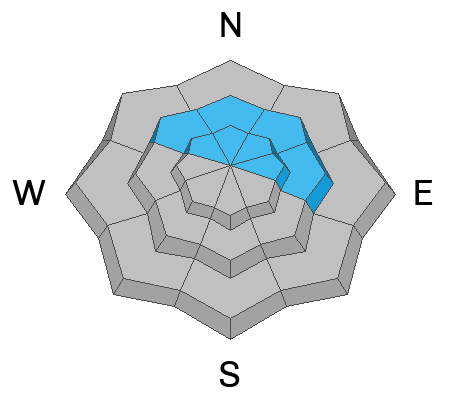Forecast for the Ogden Area Mountains

Issued by Nikki Champion on
Thursday morning, November 28, 2024
Thursday morning, November 28, 2024
Avalanche danger is MODERATE on steep, northwesterly, northerly, and easterly aspects at mid-elevations and on all aspects at upper elevations, which have received the highest snow totals and strongest winds, in combination with weak, faceted snow near the ground.
Human-triggered avalanches 1–3 feet deep remain possible today. Avalanches may fail within the wind-drifted snow or step down more deeply into the persistent weak layer. Be mindful of cracking and collapsing, as these are clear signs of instability.
Outside the wind zone, the new snow may still be reactive, with small avalanches capable of moving quickly and traveling farther than expected. Today, it’s very important to identify features of concern and evaluate both terrain and snow carefully. It's still early season with a shallow snowpack, and even a small avalanche may not bury you but could sweep you through consequential terrain.

Low
Moderate
Considerable
High
Extreme
Learn how to read the forecast here








